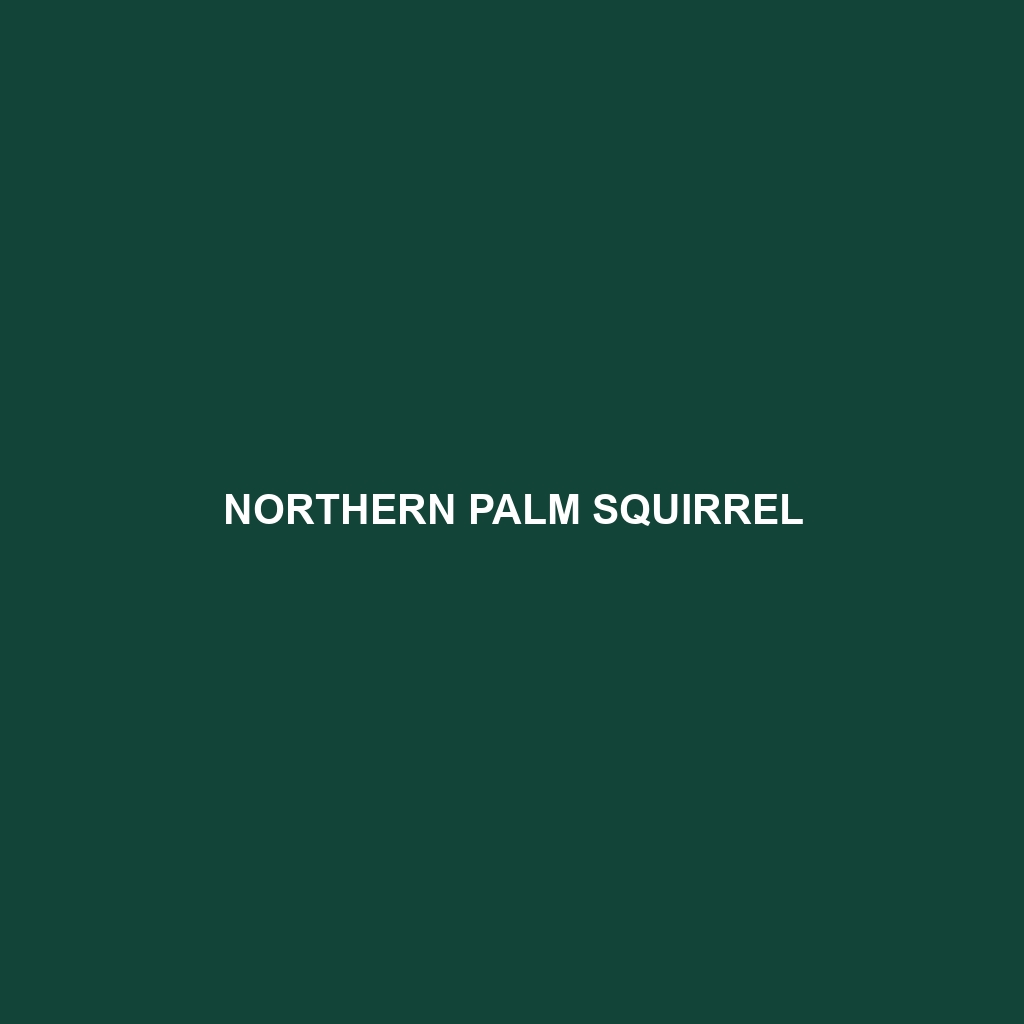Northern Palm Squirrel
Common Name: Northern Palm Squirrel
Scientific Name: Funambulus pennantii
Habitat
The Northern Palm Squirrel primarily inhabits the semi-urban and rural areas of the Indian subcontinent, particularly in India and Sri Lanka. It is commonly found in regions with abundant trees, especially palm trees, which provide both food and shelter. This species thrives in a variety of environments, including forests, gardens, and parks, making it adaptable to human-influenced landscapes.
Physical Characteristics
The Northern Palm Squirrel typically measures around 23 to 27 cm in length, including its tail, which is slightly longer than its body. This species is characterized by a distinct coat that features a blend of grayish-brown fur with white underparts. Another notable feature is the three white stripes that run down its back, serving as an identifying mark. Their bushy tails are often held aloft, which adds to their unique silhouette in their natural habitat.
Behavior
Northern Palm Squirrels are diurnal creatures, meaning they are active during the day. They are known for their highly social nature, often seen foraging in groups. Their agility and quick reflexes aid in escaping predators. These squirrels exhibit a range of vocalizations that help them communicate with one another, especially when sensing danger. They are also known for their playful behaviors, which include climbing and leaping between branches.
Diet
The diet of the Northern Palm Squirrel primarily consists of fruits, seeds, nuts, and occasionally insects. They are particularly fond of palm fruits, which is why they are often found in palm trees. This species plays a crucial role in seed dispersal, contributing to the growth of various plant species in their environment. Their feeding habits can influence the biodiversity of their habitats.
Reproduction
Northern Palm Squirrels typically breed during the warmer months, with mating occurring from March to September. The female typically gives birth to a litter of 2 to 4 young after a gestation period of about 44 days. Offspring are born blind and helpless, relying on their mother for care. Weaning occurs after six weeks, and young squirrels become independent shortly thereafter.
Conservation Status
The current conservation status of the Northern Palm Squirrel is listed as Least Concern by the IUCN Red List. Although they are not considered endangered or threatened at this time, habitat destruction and urbanization pose potential future risks to their populations.
Interesting Facts
One fascinating aspect of the Northern Palm Squirrel is its reputation in local culture and folklore, often seen as a symbol of good luck. Additionally, these squirrels can often be seen engaging in chattering or warning calls, signifying a well-developed social structure among them.
Role in Ecosystem
The Northern Palm Squirrel plays a vital role in its ecosystem as both a seed disperser and a prey species for predators. By consuming fruits and seeds, they help facilitate plant growth and biodiversity in their habitats. Their interactions with other species, including birds and small mammals, contribute to the overall balance within their ecological community.
